Spalted wood fungus of the month – Dead Man’s Finger and Turkey Tail
Xylaria polymorpha likes it dark, dank and mysterious. The best place to find this fungus is at the base of stumps that are still attached, upright, in the ground.This month’s fungus is a twofer for several reasons. First, its very rare that one will find Xylaria polymorpha (Dead Man’s Finger) without Trametes versicolor (Turkey Tail). Second, as both of these fungi were highlighted in the DIY Spalting article I wrote last year, there isn’t as much to say about each. However, I have received several e-mails over the past month filled with frustrations of mushroom hunters who have been unable to locate X. polymorpha. Hopefully these images and video will shed some light on the situation.
Xylaria polymorpha likes it dark, dank and mysterious. The best place to find this fungus is at the base of stumps that are still attached, upright, in the ground.
Look for a hollow in the base and shine a light into it. Chances are you have Dead Man’s Finger there. Remember that this fungus prefers hardwoods, and sugar maple in particular.
Look for other indicators. Dead Man’s Finger often grows in conjunction with Turkey Tail. If you see a log covered in T. versicolor, it is probably worth your time to stop and poke around at the base.
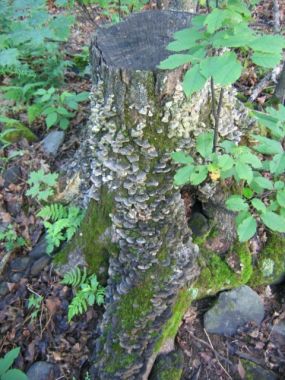
Turkey Tail and other shelf fungi are never difficult to locate. The trick is always to figure out which is Turkey Tail and which isn’t. Like most shelf fungi, once established, T. versicolor will complete take over a log. When deciding what is and isn’t T. versicolor, look for multiple colored bands, and especially look for a predominance of blue. If the fungus is mostly white, purple, green or has a black band near the edge, it isn’t Turkey Tail.
Look for other indicators. Dead Man’s Finger often grows in conjunction with Turkey Tail. If you see a log covered in T. versicolor, it is probably worth your time to stop and poke around at the base.
Make sure its the right season. The next several months are the prime times to be looking for and collecting these two spalting fungi. Get going! Once the frost hits you’re out of luck until next summer. And remember, Turkey Tail may need another fungus to get it to produce zone lines. So pick a few other fungi while you’re out. Who knows what you’ll end up with?
And finally, a short video of my find in the woods today. Hopefully it will help you on your quest! As always, feel free to comment with any fungi you may have found this summer, with questions, or to brag about your home spalting results.
Seri
Fine Woodworking Recommended Products

DeWalt 735X Planer

AnchorSeal Log and Lumber End-Grain Sealer

Ridgid R4331 Planer

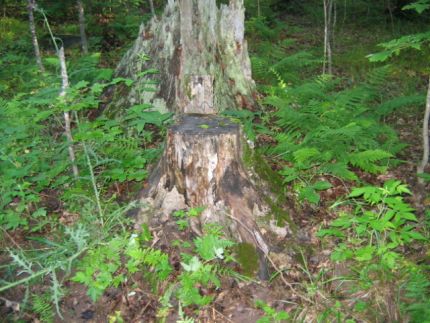
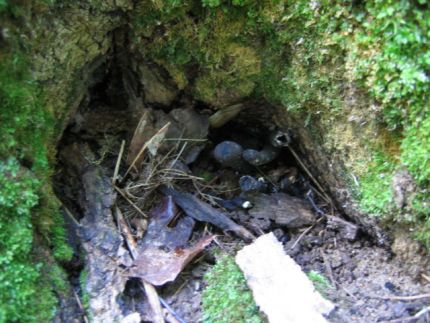
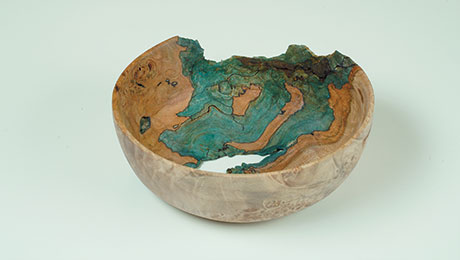
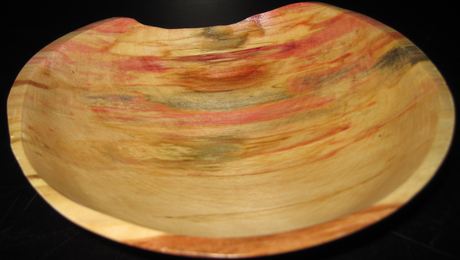
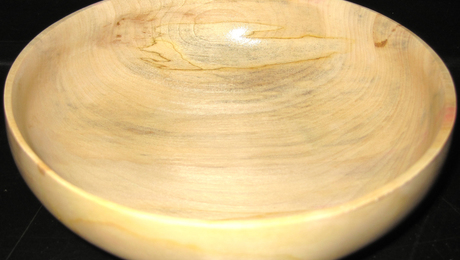
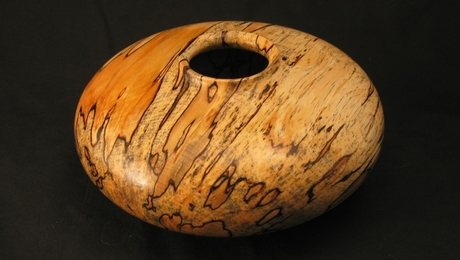


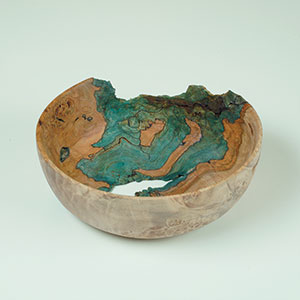



















Comments
The video linked to YouTube isn't functional, at least as of today 12/4/2020.
Log in or create an account to post a comment.
Sign up Log in